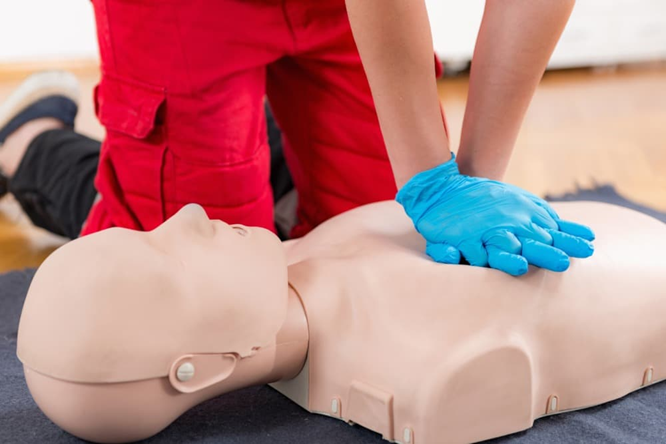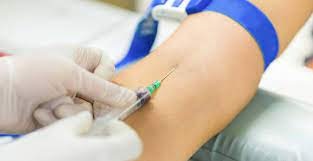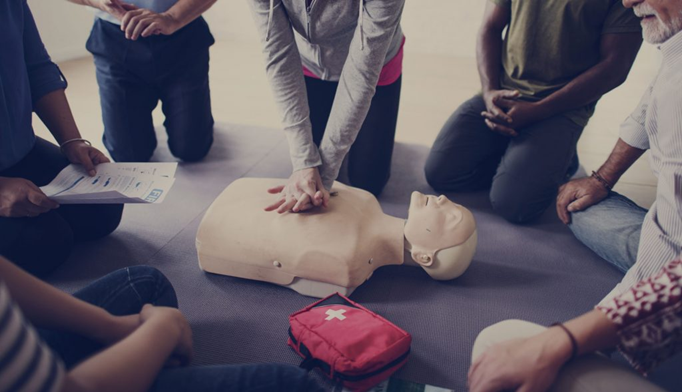When something goes wrong, every second counts. People who know how to do CPR, or cardiopulmonary resuscitation, can save someone’s life in many situations, such as when they are having a heart attack, drowning, or choking. Whether you’re a parent, teacher, employee, or just a concerned citizen, having CPR training empowers you to respond effectively in high-stress scenarios.
Many people choose to begin their training journey by enrolling in first aid courses in Brisbane, where CPR is often taught alongside other essential emergency skills. But what exactly does CPR training entail, and why is it such a vital part of first aid education?
What You’ll Learn in CPR Training
1. Recognising an Emergency
CPR training teaches you how to quickly assess an emergency situation. You’ll learn how to identify signs of cardiac arrest, such as unresponsiveness, lack of breathing, or abnormal gasping. This initial step is crucial for activating the chain of survival.
2. Performing High-Quality Chest Compressions
Chest compressions are an important part of CPR. You’ll be trained on how to deliver compressions at the correct depth and rate, using the proper hand placement and body mechanics. This hands-on practice ensures you’re physically prepared to perform CPR when needed.
3. Rescue Breathing
You will learn both chest compressions and rescue breathing, which helps keep oxygen flowing to the brain and other important areas. Modern CPR courses often discuss when and how to combine compressions with breaths, based on the situation and your level of training.
4. Using an AED (Automated External Defibrillator)
CPR training also includes instruction on how to use an AED, a portable device that can deliver a life-saving shock to someone in cardiac arrest. Many public places now have AEDs available, but using one properly requires basic training—something included in most first aid course Brisbane options.
5. Safety and Legal Considerations
You’ll also learn about the legal protections for responders, often referred to as “Good Samaritan” laws, as well as personal safety considerations to ensure you’re not putting yourself at risk while helping others.
Why CPR Training Matters
Saves Lives
The most obvious reason for learning CPR is that it saves lives. If someone is having a cardiac arrest, right away, CPR can double or even triple their chances of survival. With most cardiac arrests occurring outside of hospitals, having more trained bystanders in the community is critical.
Boosts Confidence in Emergencies
Without training, it’s easy to freeze during an emergency. CPR courses give you the confidence and knowledge to step in and help until professional responders arrive. That kind of assurance can be the key to a successful outcome.
Enhances Workplace and Community Safety
Many workplaces require employees to complete first aid courses Brisbane-wide, including CPR certification. This not only promotes a safer environment but also ensures that someone is prepared to respond immediately in the event of an emergency.
Accessible and Flexible Training Options
Whether you need a refresher or you’re new to first aid, there are many flexible options for first aid courses in Brisbane. Courses are available on weekends, weekdays, or even in blended formats combining online learning with practical in-person sessions.
Essential for Parents and Caregivers
Children and the elderly are particularly vulnerable in medical emergencies. Caregivers of these groups should definitely learn CPR. It gives you peace of mind that you can move quickly if something goes wrong.
Final Thoughts
CPR training isn’t just for healthcare professionals—it’s for everyone. With a range of first aid courses Brisbane has to offer, there’s never been a better time to become equipped with the knowledge and skills to save a life. Whether you’re seeking to meet workplace requirements, care for loved ones, or be prepared for the unexpected, CPR training is a powerful step toward making a difference.










